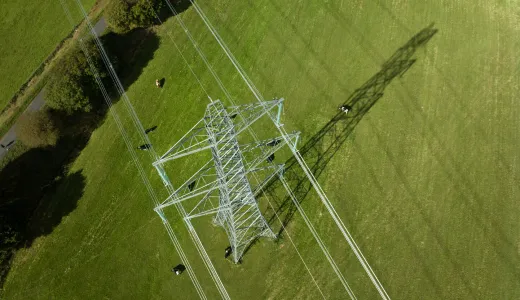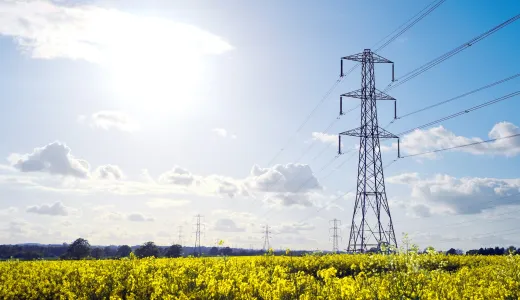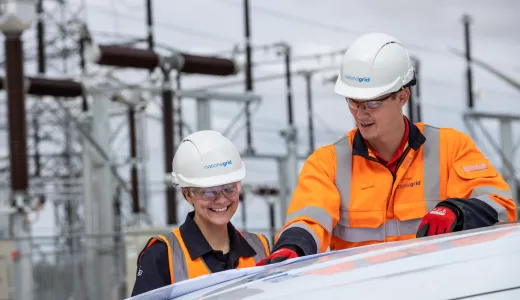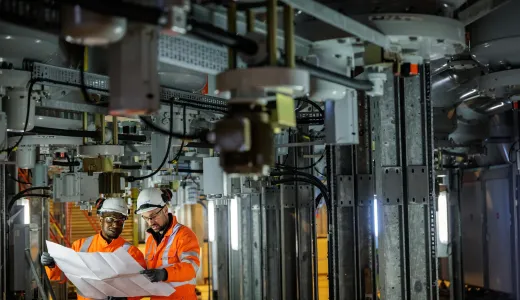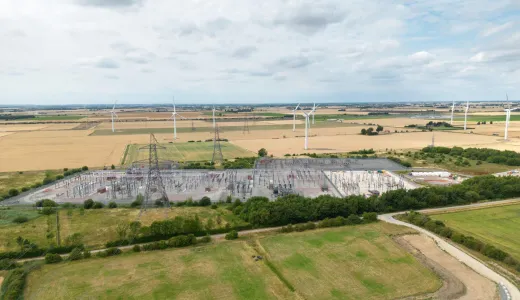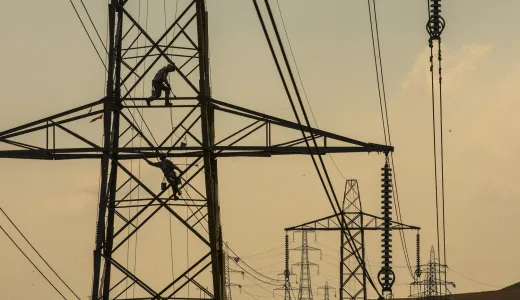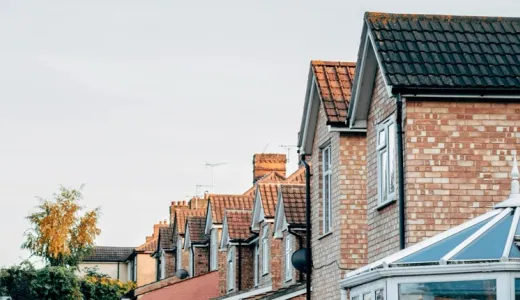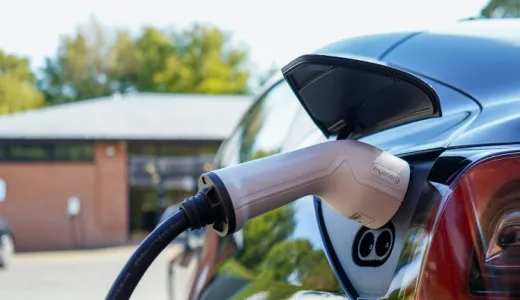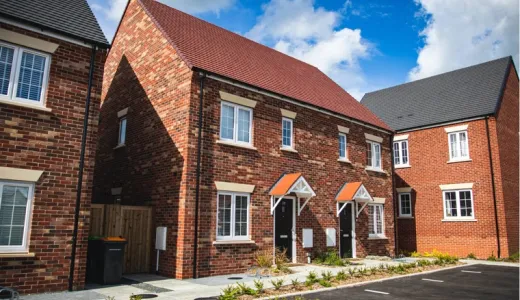Connections
Everything you need to know to get connected to the network.
At National Grid Electricity Transmission (NGET), we have dedicated teams specialising in efficiently connecting large-scale power generation and transmission-connected demand customers to the electricity transmission network.
Industry update:
Ofgem’s announcement approving proposals to reform Britain’s connections process, known as ‘Connections Reform’, marks a significant step in making the necessary changes required to streamline the electricity connection arrangements in Great Britain, crucial for achieving the government’s Clean Power by 2030 (CP2030) goals.
You can find further information on what happens next in the Connections Reform process
Connect to the electricity transmission network
Connect to our electricity distribution network
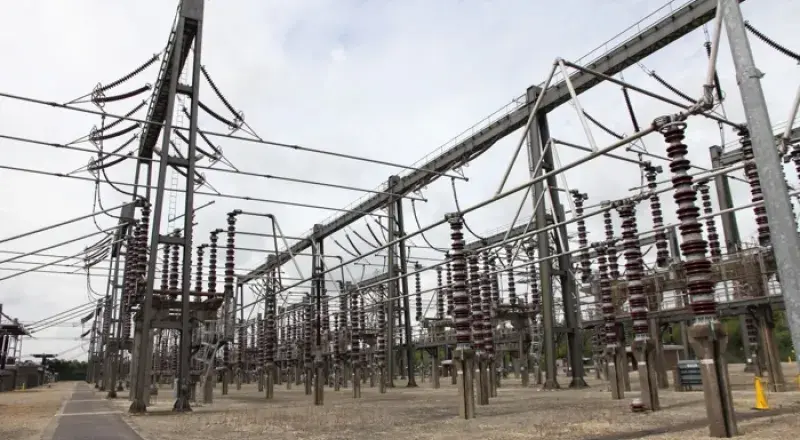
Distribution and transmission connections: what's the difference?
The differences between high voltage electricity transmission and distribution connections can be varied and complex. Find a more detailed perspective here.
Find out more 